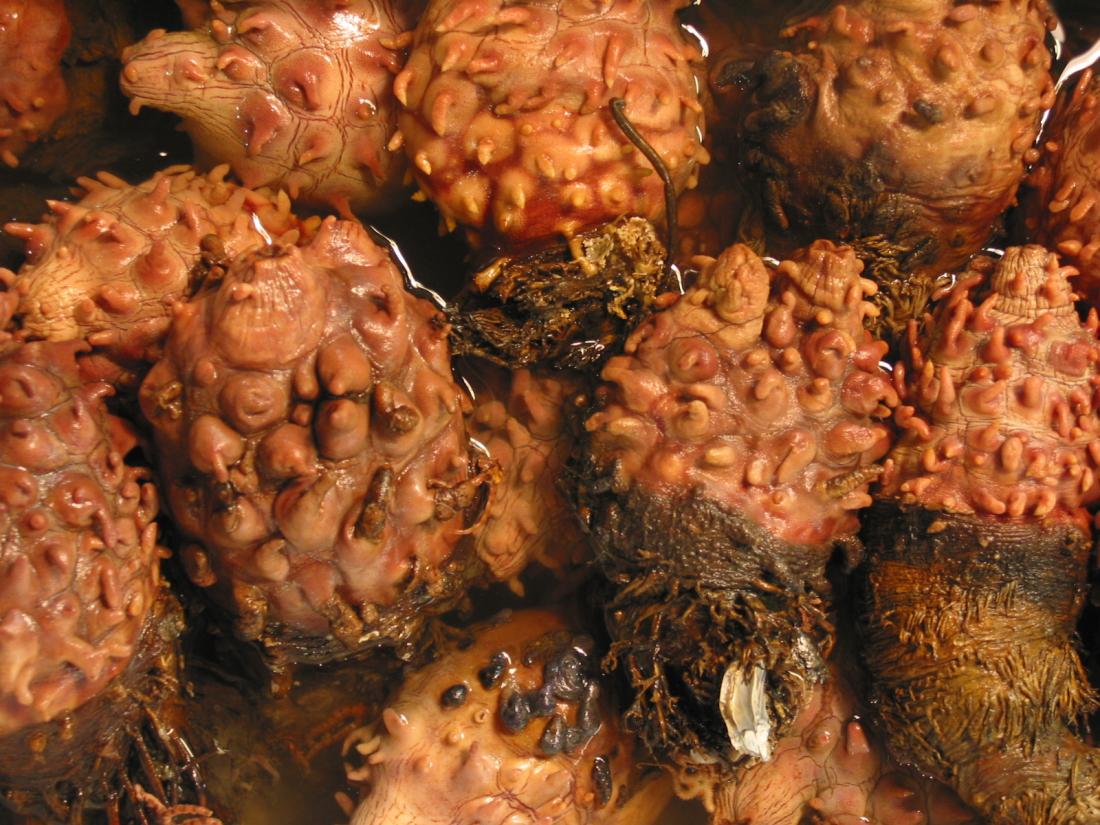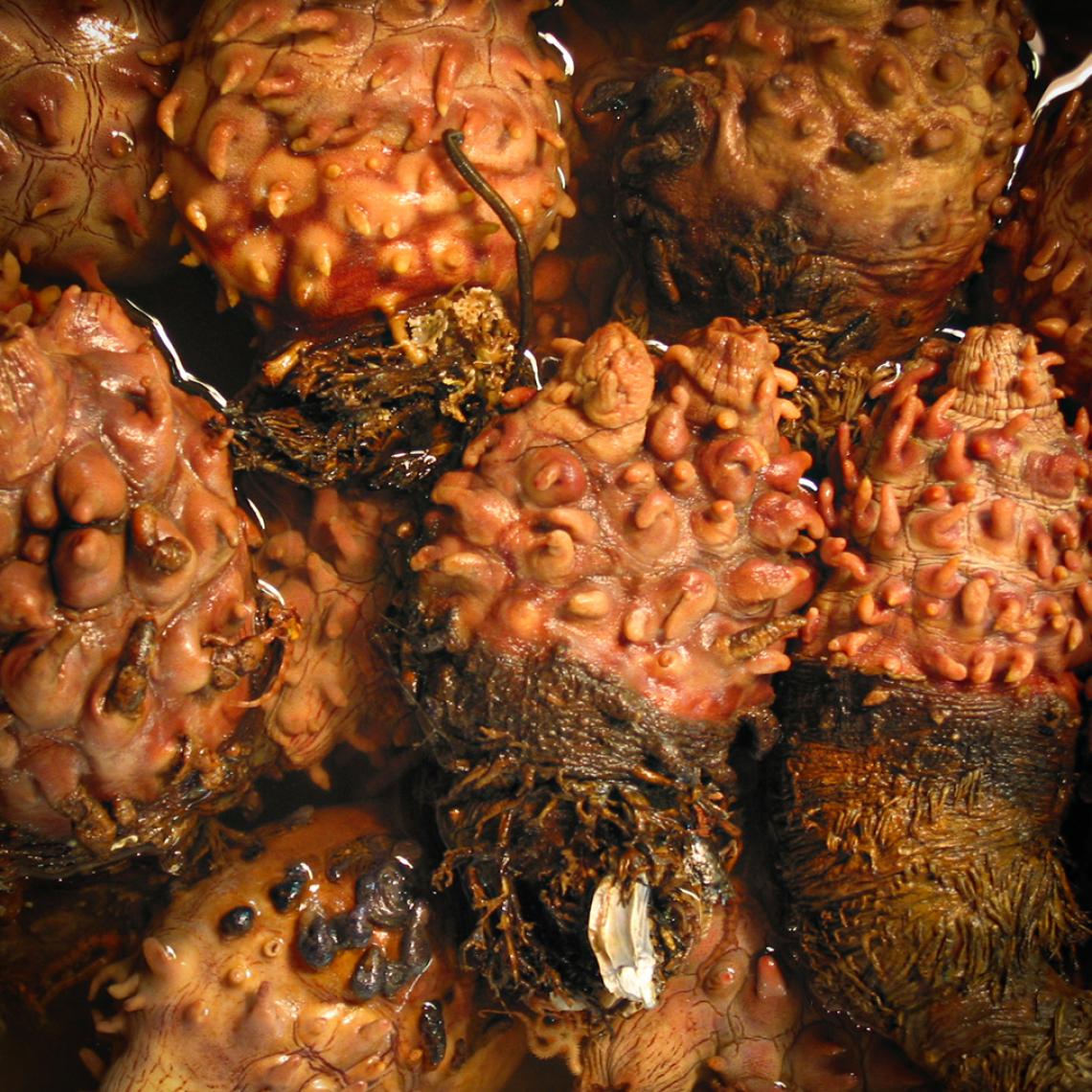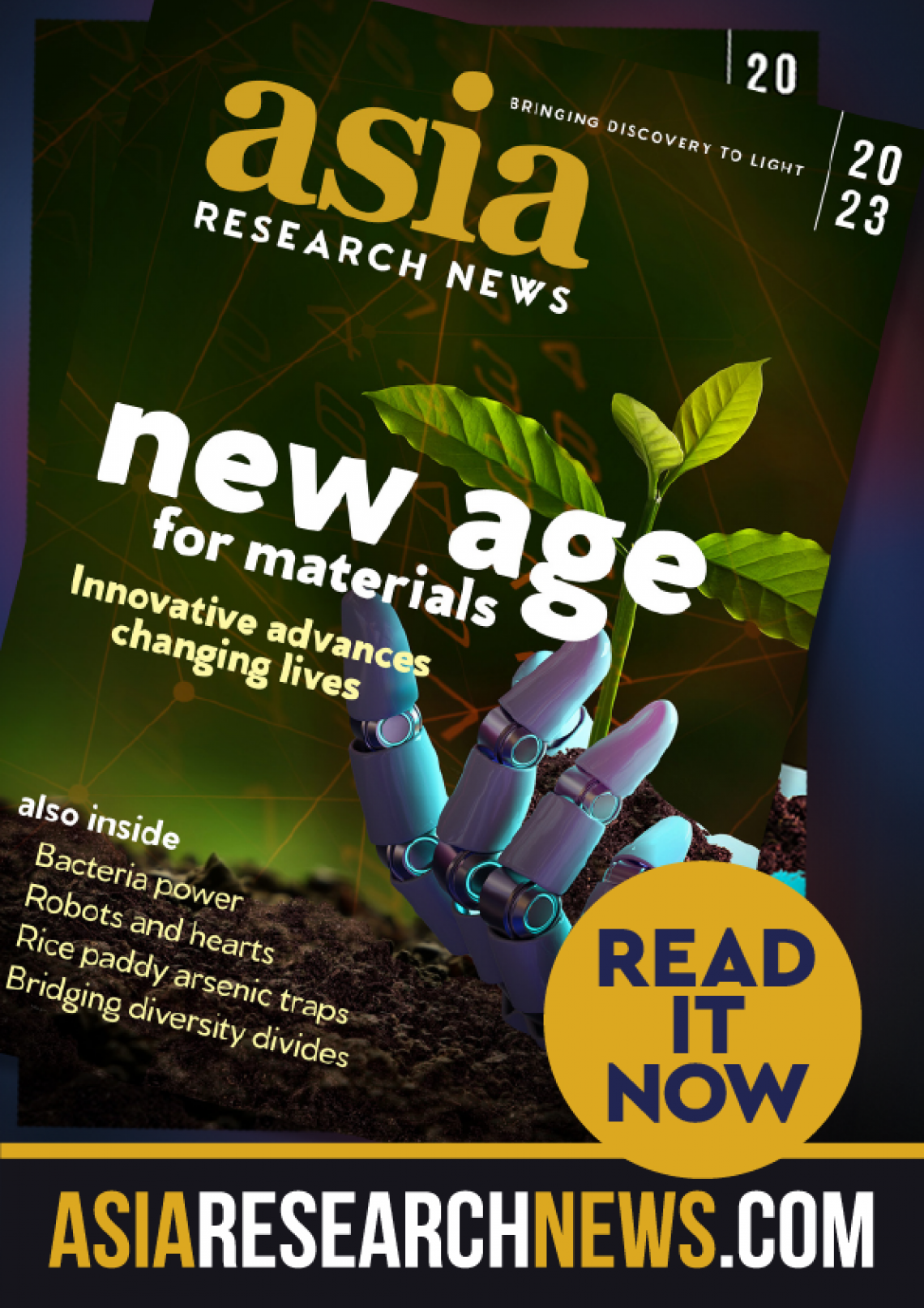This story is featured in the Asia Research News 2023 magazine. If you would like to receive regular research news, join our growing community.
Get the news in your inbox
Expensive and rare metals at the heart of modern electrical technology could be replaced by sustainable electrocatalysts derived from cheap and readily available waste biomass, thanks to researchers in Japan. The first examples have been made from a mixture of dried waste blood from the livestock industry and the readily harvested shells of the ascidian marine organisms known as sea pineapples.
“We have succeeded in making rechargeable zinc-air battery cells from this biomass-based approach,” says Tohoku University materials scientist Hiroshi Yabu. His team worked with colleagues at Hokkaido University, Miyagi University and AZUL Energy, Inc. and reported their electrocatalysis advance in the journal Science and Technology of Advanced Materials.
The sea pineapple (Halocynthia roretzi), usually found on rocks in shallow waters, and waste livestock blood were used to make rechargeable zinc-air batteries.
The innovation centres on two chemical processes called the oxygen reduction reaction (ORR) and the oxygen evolution reaction (OER), which are crucial for the next generation of energy production and storage devices, including fuel cells and metal-air batteries. The ORR converts oxygen molecules (O2) into negatively charged hydroxyl ions (OH¯). The OER reaction can split water molecules into oxygen and hydrogen, as required to exploit hydrogen as a sustainable fuel. At present, the electric charge needed to power these reactions must flow through a cathode containing materials such as platinum or iridium oxide as an electrocatalyst material. The electrocatalyst accelerates processes that would otherwise not proceed or would proceed too slowly to be useful.
The team in Japan are making alternative electrocatalysts from biomass resources that are much cheaper and more widely available than those based on rare metals.
The manufacturing process begins with a mixture of cellulose nanofibres, obtained from sea pineapple shells, and dried blood. This is heated in a vacuum at up to 900°C, in a process called pyrolysis, to generate carbon alloys. These carbon-rich materials incorporate varying small quantities of other elements, including nitrogen, sulfur, phosphorus and iron, which are crucial for determining the materials’ electrocatalytic properties.
Tests with several mixtures and methods revealed that the best electrodes built from the carbon alloys could catalyse the oxygen reduction and oxygen evolution reactions as effectively as currently available metal-based catalysts.
“We didn’t use any synthetic materials,” says Yabu, “so our discovery could greatly assist the move towards a greener society and a more sustainable future.”
To deliver on that promise, the team is now working to refine the materials and explore the scaling up and commercialisation steps that will incorporate them into a new generation of batteries and electrochemical, power-generating processes.
“We expect practical applications to be arriving within two years,” Yabu says.
Further information
Assoc Prof Hiroshi Yabu
[email protected]
Advanced Institute for Materials Research (WPI-AIMR)
Tohoku University
Dr Yasufumi Nakamichi
[email protected]
Science and Technology of Advanced Materials
National Institute for Materials Science
We welcome you to reproduce articles in Asia Research News 2023 provided appropriate credit is given to Asia Research News and the research institutions featured.





